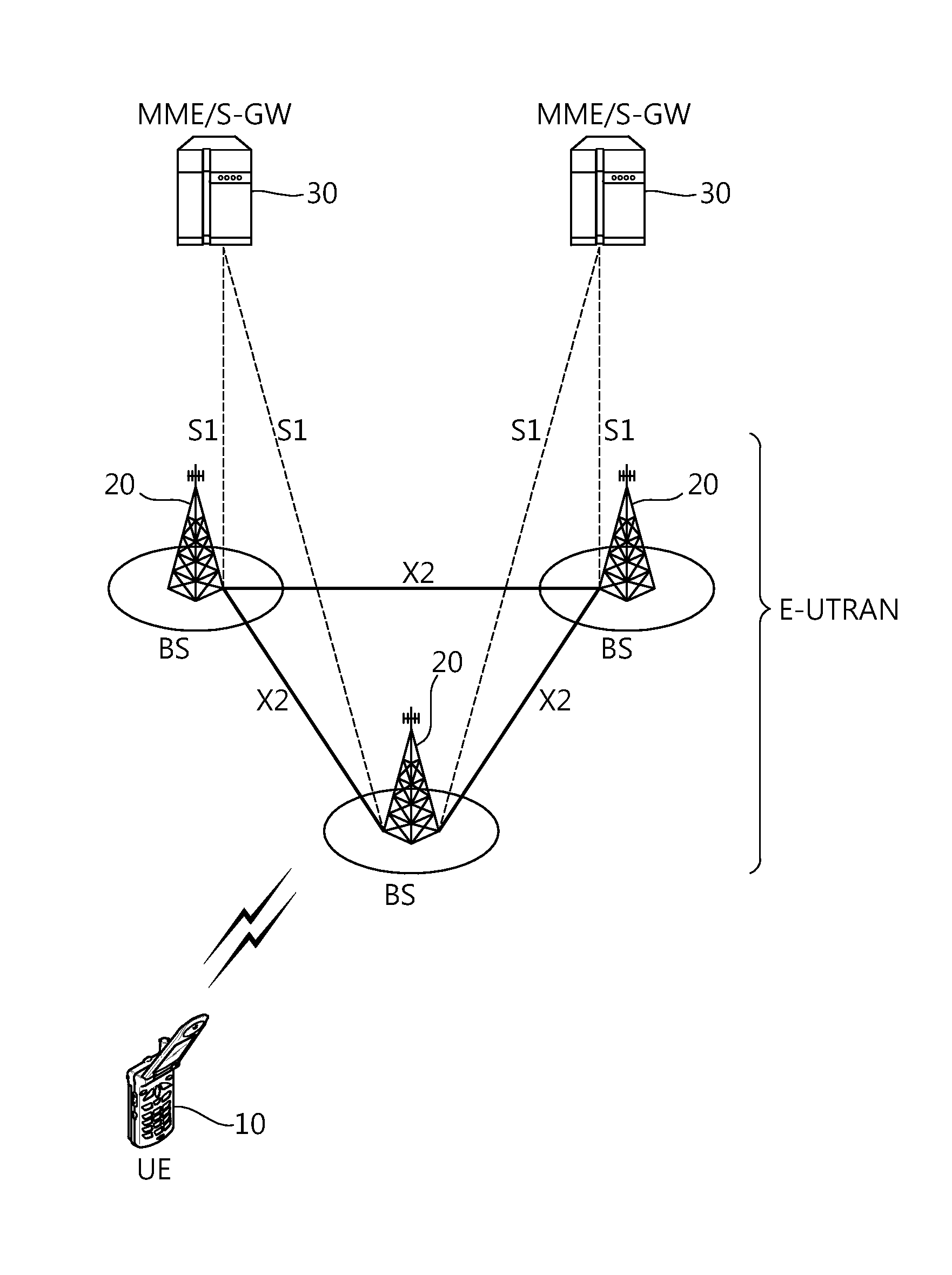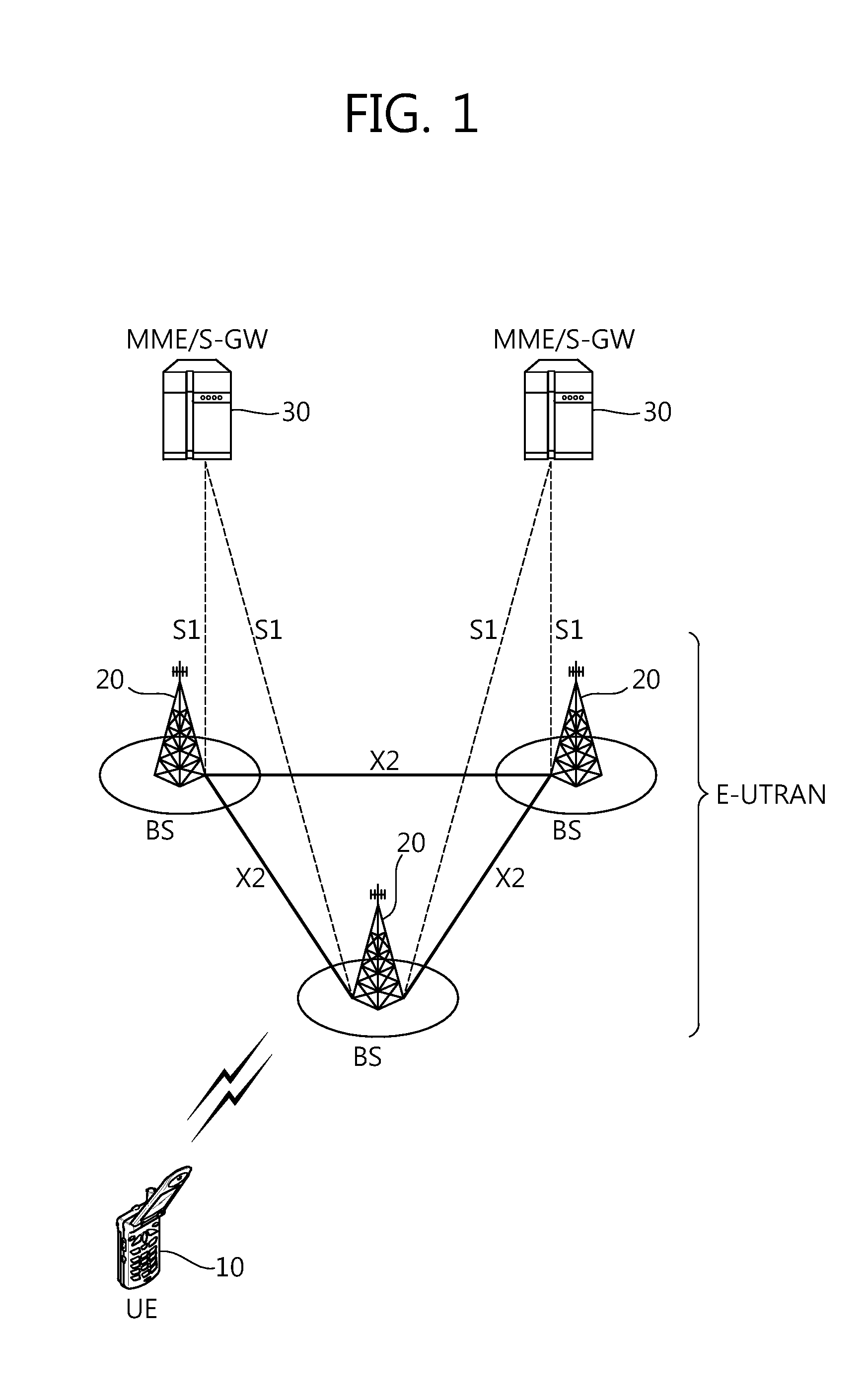Method and apparatus for fdd/tdd intra-node and inter-node carrier aggregation
a carrier and inter-node technology, applied in the field of wireless communications, can solve the problems of new problems raised, the capability of simultaneous reception and transmission at the ue, etc., and achieve the effect of high efficiency
- Summary
- Abstract
- Description
- Claims
- Application Information
AI Technical Summary
Benefits of technology
Problems solved by technology
Method used
Image
Examples
case 1
[0071] Carrier aggregations with (1) two downlinks in macro cells, and (2) one uplink in a macro cell and the other uplink in a remote radio head (RRH).
[0072]FIG. 5A and FIG. 5B describe briefly two examples of CASE 1.
case 2
[0073] (i) Simultaneous carries where each carrier has its own downlink and uplink (uplink may or may not be present), and (ii) eNBs run carriers may be connected via non-ideal backhaul.
[0074]FIG. 6A and FIG. 6B describe briefly two examples of CASE 2.
case3
[0075] Over non-ideal backhaul, (a) two downlinks, and (b) one uplink carrier and one uplink carrier may be associated. In this case, inter-node resource aggregation would be achieved among multiple base stations.
[0076]FIG. 7A and FIG. 7B describe briefly two examples of CASE 1.
[0077]Hereinafter, descriptions on the three cases (CASE 1, CASE 2 and CASE 3) of the present application as for an aggregation of TDD and FDD are explained in detail with FIG.s.
[0078]However, the aggregation of TDD and FDD needs to be considered with frequency usage for TDD and FDD. That is, the aggregation of TDD and FDD needs to be configured under consideration of interference between bands and / or coexistence of bands.
[0079]FIGS. 8A to 8D briefly describe exemplary scenarios of frequency usage for TDD and FDD assumed in this application.
[0080]FIG. 8A describes a case of interference occurring between FDD downlink CC and TDD CC. This case can be called as a scenario X.
[0081]FIG. 8B describes a case of inte...
PUM
 Login to View More
Login to View More Abstract
Description
Claims
Application Information
 Login to View More
Login to View More - R&D
- Intellectual Property
- Life Sciences
- Materials
- Tech Scout
- Unparalleled Data Quality
- Higher Quality Content
- 60% Fewer Hallucinations
Browse by: Latest US Patents, China's latest patents, Technical Efficacy Thesaurus, Application Domain, Technology Topic, Popular Technical Reports.
© 2025 PatSnap. All rights reserved.Legal|Privacy policy|Modern Slavery Act Transparency Statement|Sitemap|About US| Contact US: help@patsnap.com



